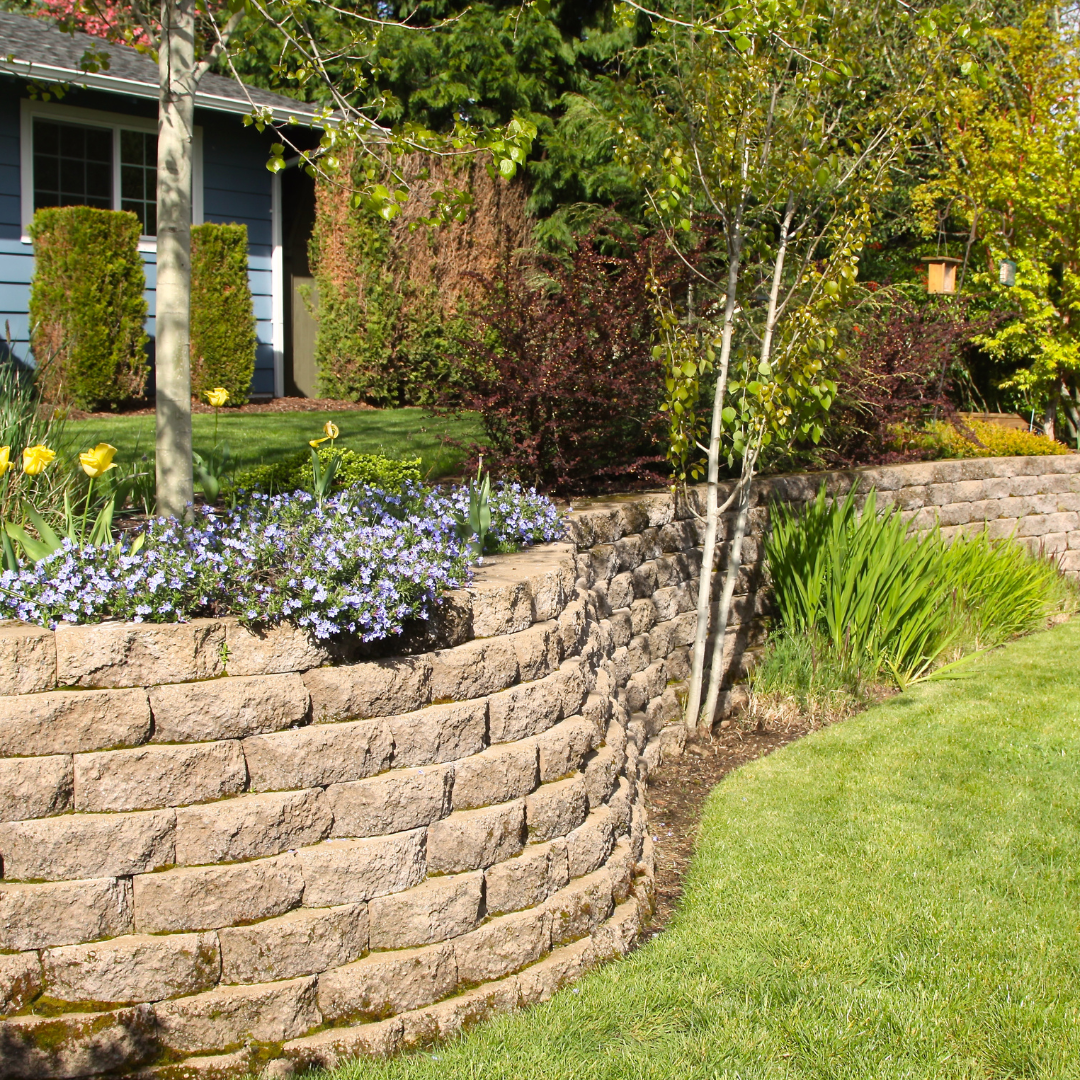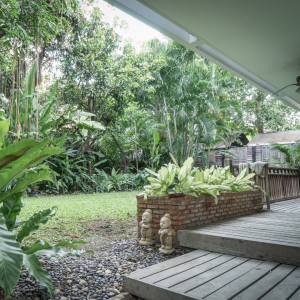Retaining walls are a necessary part of civil engineering, and serve to hold back soil and rock from eroding or collapsing. A retaining wall is typically made out of big blocks of concrete, stacked one on top of the other in a perpendicular fashion. The blocks are then filled with concrete, which serves to anchor them in place and add stability to the wall.
Let us then consider big block retaining walls in greater depth to understand how they are built so that they stand up to the job of primarily dealing with the problem of soil erosion. They provide much-needed support as well as becoming a nice feature that will section off properties to great effect.
Different Types of Retaining Wall Blocks
There are many different types of retaining wall blocks, each with its advantages and disadvantages. The most common type of block is the interlocking concrete block, which is easy to install and provides a high degree of stability. Another popular type of retaining wall block is the geo-grid block, which is made from a grid of plastic or metal that is filled with concrete. These blocks are less stable than interlocking concrete blocks but are much easier to install.
Deciding on the right block for your project is a crucial choice best made with professional advice. They can recommend the most suitable block for your specific situation and guide you on the installation process. Following their advice, you can look for a concrete contractor in Seattle Washington, or wherever you live. They’ll possibly handle the task of building the retaining walls, ensuring they’re sturdy and durable. In homes, these walls are often seen as an improvement that adds long-term value to the property.
How to Build a Retaining Wall
Building a retaining wall is a relatively simple process, but there are a few things that you will need to do to ensure that your wall is built correctly. First, you will need to excavate the area where the retaining wall will be built. Next, you will need to level the ground and compact it so that the retaining wall will have a solid foundation.
After completing the foundation preparation, the next step in your construction project is to carefully lay the retaining wall blocks. Precision is key in this process, ensuring that each block is level and securely interlocked with adjacent ones. Once all the retaining wall blocks are in place, it’s essential to fill the gaps between them with concrete, creating a solid and stable structure. This phase of construction requires expertise in concrete works, ensuring that the concrete is mixed and applied correctly. After the concrete has cured, you can add soil and vegetation to the retaining wall to help hold it in place.
Damages to Retaining Walls; Repairing them
Over the years, retaining walls may experience various forms of damage due to environmental factors, soil pressure, and wear. Common issues include cracking, bulging, or leaning, often resulting from soil movement. Additionally, the natural aging process and exposure to weather elements may contribute to deterioration. To repair a damaged retaining wall, the approach depends on the extent and type of damage. Small cracks may be patched with specialized materials. However, more significant issues may require rebuilding sections or reinforcing the structure with additional support from a retaining wall or seawall repair company. Addressing underlying soil issues are crucial to prevent future damage. Regular inspections and timely repairs are essential to ensure the longevity and effectiveness of retaining walls.
While retaining walls play a crucial role in maintaining the structural integrity of landscapes, one often overlooked factor that can significantly impact these sturdy structures is water damage. Since retaining walls are typically constructed from materials such as concrete blocks, natural stone, or timber, they are susceptible to erosion because of water. If these cases are not addressed in time, it might become necessary to use the services of Water Damage Restoration companies. It’s essential for homeowners and builders to consider proper drainage solutions and waterproofing measures when installing retaining walls to ensure their longevity and resilience against the relentless influence of water, safeguarding both the functionality and aesthetic appeal of these vital landscape elements.
Improve the Stability of a Property
Building a retaining wall is a great way to improve the stability of your property as well as prevent soil erosion. By following the steps outlined above, you can be confident that your retaining wall will be well-built and will last for many years. Should you ever encounter any damage or reduction in integrity in the future, then there is always the option of consulting with a reputable construction firm with expertise in concrete restoration in Los Angeles, CA, or wherever it is you are located. Given their years of experience and comprehensive understanding of construction techniques, concrete work, and restoration, they are better suited to offer practical solutions of which you can choose one that suits your requirements the best.
Conclusion
Retaining walls are typically made from big blocks of materials that are easy to work with and strong enough to hold back soil or water. When it comes time to build your retaining wall, you’ll need to choose the right type of blocks for the job. There are many different types of retaining wall blocks available on the market, so it’s important to do your research before you buy. You’ll also need to make sure you have all the necessary tools and materials on hand before you start construction. Preferably, use a professional to construct the wall for you. With a little bit of planning, good design, and preparation, you or your hired contractor, can build a retaining wall that will last for years.




